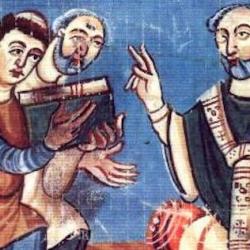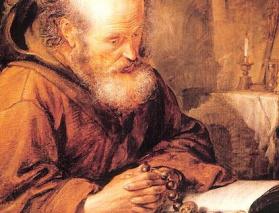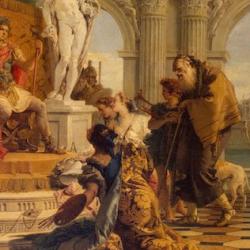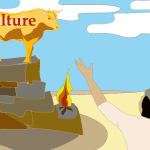For medievals, allegory wasn’t simply a way of dealing with texts or a method of writing. It was science, a mode of understanding of the world as a whole. The world was a forest of symbols and allegories from which moral and theological lessons might be drawn.
The great medieval bestiaries are full of allegorical expositions of the flora and fauna, real and imagined, of the world.
-Curtius (European Literature and the Latin Middle Ages, 538-40) includes an appendix on the metaphorical uses of simia, “ape,” the Latin term being by a happy coincidence close to Latin similis and similitudo. The metaphor became fashionable in the 12th and 13th centuries, introduced by Alan de Lille. During the period, “Simia can be applied not only to persons but also to abstractions and artifacts which assume the appearance of being something they are not. The real ape (simius) becomes the simia when he imitates man. . . . An unintelligent imitator could thus be called simia.
Medieval depictions of the devil often resemble apes. As Florence McCulloch says (Medieval Latin and French Bestiaries), “the ape symbolizes the devil who had a head but no tail; that is, he has a beginning when he was in heaven, but because of his inner hypocrisy and deceit, he lost his head.” For some, the devil is an ape because he “moves those who do evil, and will carry them in front of him to hell, where he leaves the good at his back with God” (87).
No doubt, the fact that the devil attempts to be as god is part of his simian character. Like a simian writer or artist, the devil was an “unintelligent imitator” of the Creator.















